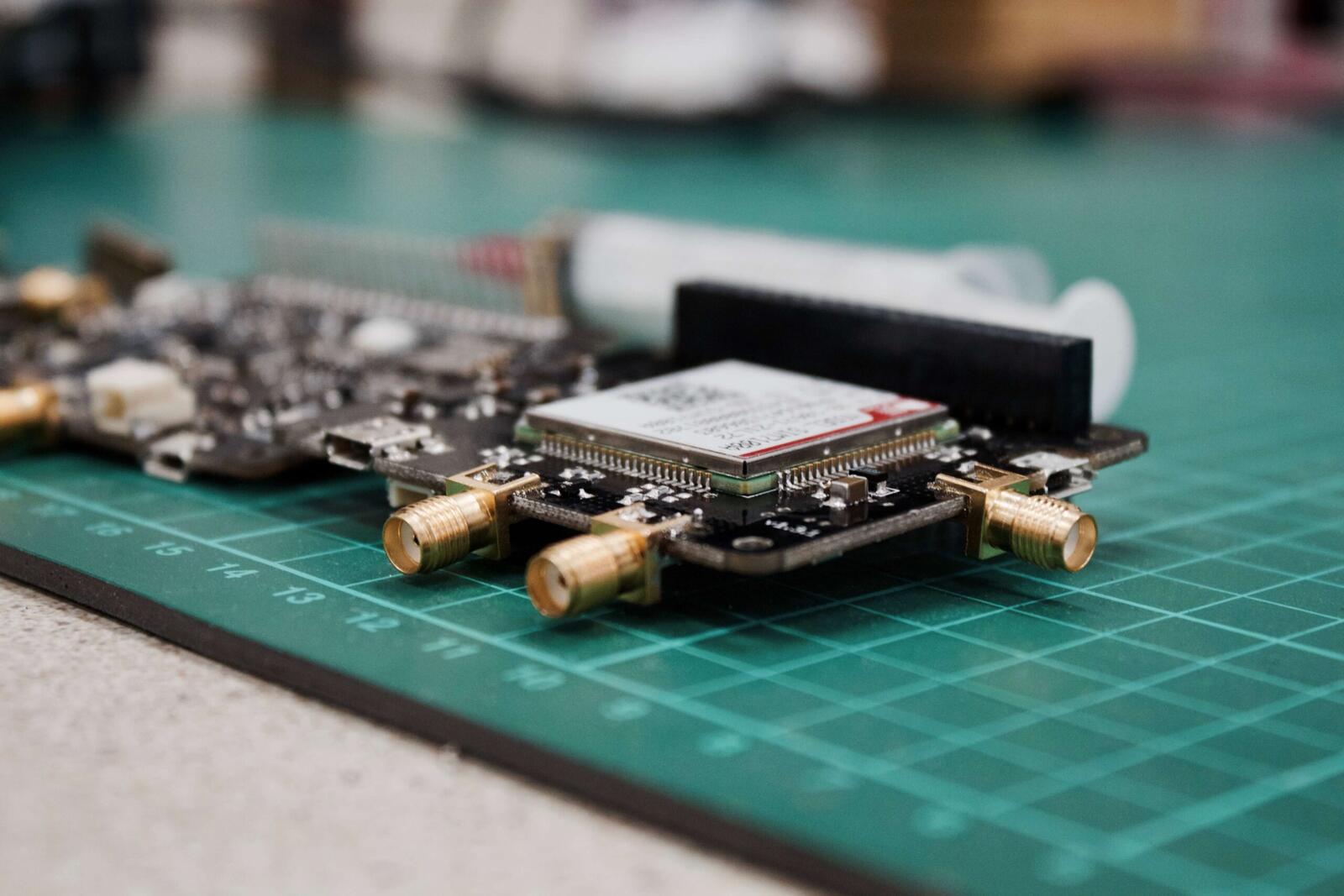As the Internet of Things (IoT) continues to expand and connect more devices to the internet, cybersecurity has become a critical concern. IoT devices are used in various industries, including healthcare, manufacturing, transportation, and home automation, all of which make them a valuable target for cybercriminals. Therefore, it is essential to understand the importance of cybersecurity for IoT, and how it can be implemented to ensure the safety and security of these devices.
What is The Internet of Things (IoT)?
Internet of Things, or IoT for short, refers to the network of physical devices, vehicles, buildings, and other objects that are embedded with sensors, software, and connectivity, allowing them to collect and exchange data over the internet. You’ve probably got some IoT devices in your home in the form of a Smart TV or Amazon Alexa, or even on your wrist at all times in the form of a Fitbit or Apple Watch.
The aim of IoT is to create a connected world where these devices can communicate with each other and humans, providing real-time insights that can improve efficiency, safety, and convenience.
Why is Cybersecurity for IoT Important?
Due to the complex nature of the IoT network, I’m sure you can imagine how devastating a cyberattack could be. An attack, such as a data breach, ransomware attack, or denial-of-service (DoS) attack can cause significant damage to an IoT device. This can result in data theft, financial loss, or even physical harm to people or equipment.
Why are IoT Devices Vulnerable to Cyberattacks?
One of the main reasons why IoT devices are so vulnerable to cyberattacks is simply that they are connected to the internet and can communicate with other devices. Unlike traditional computers and smartphones, IoT devices often lack the necessary security measures, making them easy targets for cybercriminals.
They are also typically designed to perform specific functions, and may not have the processing power or memory to support complex security protocols.
How Can IoT Devices Be Made More Secure?
Incorporating Safety Features – To combat cybersecurity attacks, manufacturers can choose to incorporate security features into their devices during the design phase. This includes using secure coding practices, implementing encryption protocols, and regular firmware updates to patch any known vulnerabilities. To make it even harder for cybercriminals to gain unauthorised access, manufacturers should also consider implementing measures that restrict access to their devices’ administrative interfaces.
Secure Business Networks – Organisations that use IoT devices must take steps to secure their network by using firewalls, intrusion detection and prevention systems, and encryption protocols. Businesses should also consider conducting security audits to identify and address any vulnerabilities in their networks. They should also make it a priority to create a comprehensive incident response plan in place to minimise the impact of any cyberattacks that may still occur.
IoT Security For Individuals
People using IoT devices at home should also take steps to secure their networks. This is easy to do and involves things like changing default passwords, using strong passwords, avoiding the use of public wifi networks, as well as making sure to regularly update their device’s firmware to patch any known vulnerabilities. By using a password manager, individuals can also see if their password was leaked in a data breach, so they know to change it as soon as possible to avoid any cyberattacks.
More from Tech
- What Matters in a Penetration Testing Tool?
- How Are CRMs Shaping The Future Of B2B Sales?
- Typedef Launches with $5.5 Million in Seed Funding
- Sequent Tech Powered the Philippines’ Big Bet on Online Elections
- Crypto Clash: Coinbase Vs. Bitget
- Crypto Clash: Kraken Vs. KuCoin
- How We Should Be Creating Better Experiences For Young People On Social Media
- Yonder Launches Premium Rewards Debit Cards To Help More People Earn Meaningful Rewards
Government Intervention
To really ensure IoT cybersecurity, governments and other regulatory bodies need to step in. They can establish cybersecurity standards for IoT devices and networks, encourage manufacturers to implement secure design practices, and enforce penalties for non-compliance. Additionally, governments can invest in research and development to advance IoT security and support cybersecurity education and awareness initiatives.
What Are the Solutions to IoT Security Challenges?
Despite these measures being in place to make IoT devices and networks more secure, cybersecurity still remains an ongoing challenge. As technology evolves, so do the threats that IoT devices face. Therefore, it is essential to remain vigilant and proactive in addressing cybersecurity concerns.
Blockchain Technology
One emerging solution to IoT security challenges is blockchain technology. Blockchain is a distributed ledger technology that can provide a secure, decentralised platform for IoT devices to communicate and exchange data. This technology can provide enhanced security by ensuring that data is tamper-proof, transparent, and auditable. It can also be used to verify device identity, detect and respond to security threats, and automate security protocols.
Artificial Intelligence
Another possible solution is artificial intelligence (AI) and machine learning (ML). AI and ML can be used to identify and respond to security threats in real-time, reducing the time it takes to detect and mitigate cyberattacks. They can also be used to analyse data from IoT devices to identify patterns and detect anomalies that may indicate a security threat.



